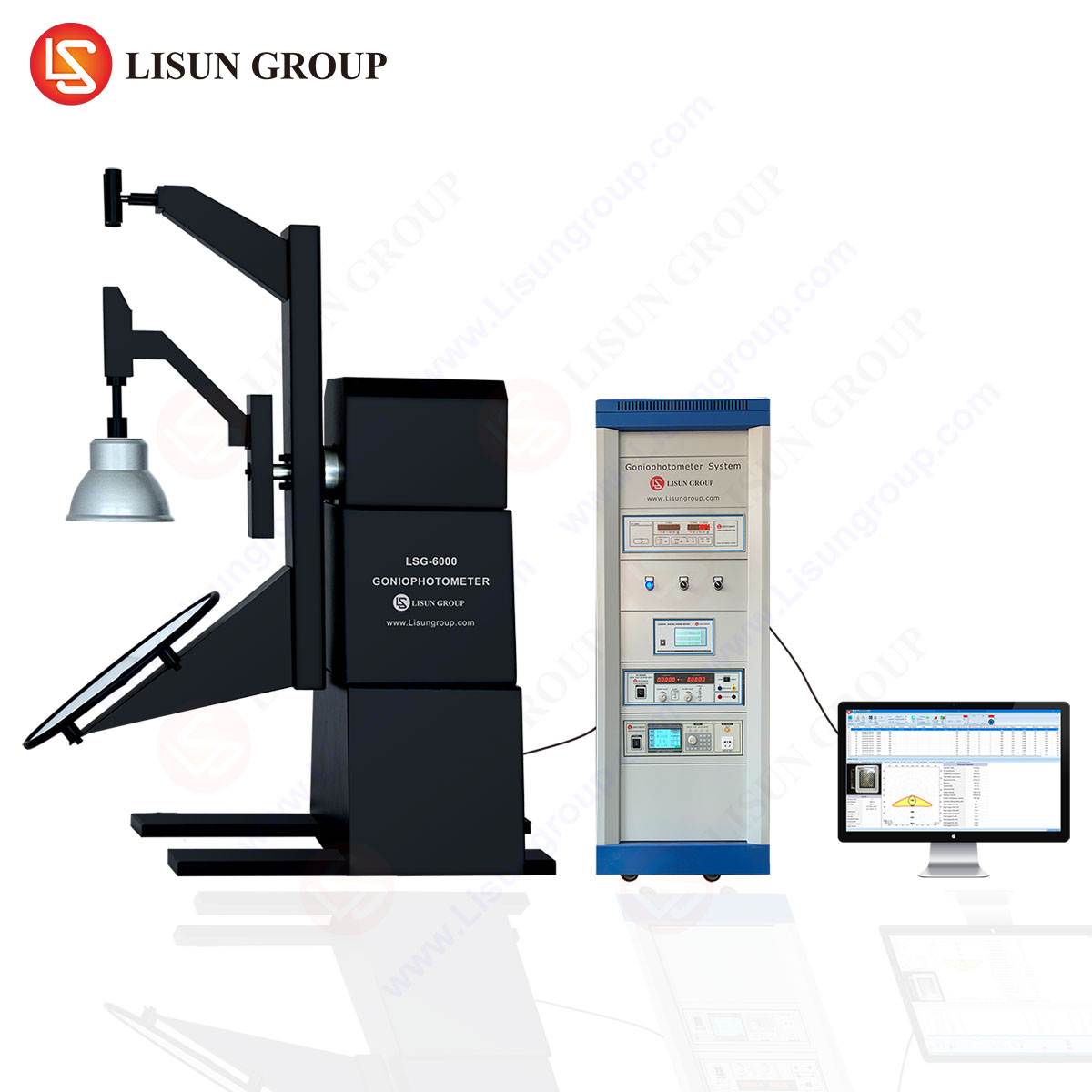Introduction to Integrating Sphere Theory and Design Principles
Integrating spheres are essential optical devices designed to produce uniform radiance or irradiance by multiple diffuse reflections. Their spherical geometry, coupled with highly reflective internal coatings, ensures homogeneous light distribution, making them indispensable in photometric, radiometric, and colorimetric measurements. Small integrating spheres, typically ranging from 50 mm to 200 mm in diameter, are optimized for compact testing environments while maintaining high accuracy.
The LISUN LPCE-2 and LPCE-3 Integrating Sphere and Spectroradiometer Systems exemplify advanced small integrating sphere solutions, integrating high-precision spectroradiometers for comprehensive light source analysis. These systems adhere to international standards such as CIE, IEC, and EN, ensuring compliance across diverse industries.
Key Specifications of the LPCE-2 and LPCE-3 Systems
The LPCE-2 and LPCE-3 systems incorporate a compact integrating sphere paired with a high-resolution spectroradiometer, enabling precise luminous flux, color temperature, chromaticity, and spectral power distribution (SPD) measurements.
Technical Parameters:
- Sphere Diameter: 50 mm to 200 mm (configurable)
- Reflectance: >95% (BaSO₄ or Spectralon coating)
- Wavelength Range: 380–780 nm (visible spectrum)
- Accuracy: ±4% (luminous flux), ±0.002 (Δu’v’)
- Detector Type: CCD array spectroradiometer
- Compliance: CIE 177, CIE 13.3, IES LM-79
These specifications ensure repeatable measurements for high-brightness LEDs, OLEDs, and other compact light sources.
Testing Principles and Calibration Methodology
The fundamental principle of integrating sphere-based measurements relies on the uniform diffusion of light, minimizing directional bias. The LPCE-2 and LPCE-3 systems employ an absolute calibration method using standard lamps traceable to NIST or other national metrology institutes.
Measurement Workflow:
- Source Placement: The light source is positioned at the sphere’s center or entrance port to ensure isotropic scattering.
- Detector Integration: A spectroradiometer captures the diffused light, analyzing SPD and photometric parameters.
- Data Correction: Software compensates for self-absorption and port losses using the sphere multiplier factor.
This methodology ensures high-fidelity results for applications requiring stringent optical consistency.
Industry-Specific Applications of Small Integrating Spheres
LED and OLED Manufacturing Quality Control
In LED production, the LPCE-3 system verifies luminous efficacy, chromaticity consistency, and angular color uniformity. Manufacturers rely on small integrating spheres for rapid inline testing, ensuring compliance with ANSI C78.377 and ENERGY STAR® requirements.
Automotive Lighting Testing
Automotive LED headlamps and signal lights require precise luminous intensity and color coordinates. The LPCE-2 system facilitates SAE J578 and ECE R112 compliance, validating performance under varying thermal conditions.
Aerospace and Aviation Lighting Certification
Aircraft navigation and cabin lighting must meet FAA and EASA photometric standards. Small integrating spheres enable cockpit display backlighting validation, ensuring readability under extreme ambient conditions.
Display Equipment Testing (LCD, MicroLED)
For display R&D, the LPCE-3 measures backlight uniformity and gamut coverage, critical for high-dynamic-range (HDR) and wide-color-gamut (WCG) panels.
Photovoltaic Industry Spectral Response Analysis
Solar cell testing requires precise irradiance measurements. The LPCE-2’s spectroradiometer evaluates quantum efficiency and spectral mismatch, aligning with IEC 60904-9.
Medical Lighting Equipment Validation
Surgical and diagnostic lighting must adhere to ISO 15004-2. The LPCE-3 ensures flicker-free operation and accurate color rendering for patient safety.
Competitive Advantages of LISUN’s Integrating Sphere Systems
- Modular Design: Configurable sphere sizes and detector options accommodate diverse test scenarios.
- High-Speed Data Acquisition: Real-time spectral analysis reduces testing cycle times.
- Automated Compliance Reporting: Integrated software generates IEC/CIE-compliant test reports.
- Thermal Stability: Temperature-compensated detectors ensure accuracy in dynamic environments.
Conclusion and Future Trends
Small integrating spheres remain pivotal in advancing optical measurement technologies. The LPCE-2 and LPCE-3 systems exemplify innovation, combining compact design with metrological rigor. Emerging applications in UV-C disinfection lighting and horticultural grow lights will further drive demand for high-precision sphere-based systems.
FAQ Section
Q1: What is the typical measurement uncertainty of the LPCE-3 system?
The LPCE-3 achieves ±4% luminous flux uncertainty and ±0.002 Δu’v’ chromaticity deviation when calibrated with a NIST-traceable source.
Q2: Can the LPCE-2 measure pulsed or flickering light sources?
Yes, the system supports high-speed sampling (up to 10 kHz) for PWM-driven LEDs and strobe lighting.
Q3: Which industries require spectroradiometer-based integrating sphere systems?
Automotive, aerospace, medical, and display industries rely on spectral data for regulatory compliance and R&D.
Q4: How does sphere coating affect measurement accuracy?
High-reflectance BaSO₄ minimizes absorption losses, ensuring >95% diffuse reflectance for uniform radiance.
Q5: Is the LPCE-3 compatible with third-party optical software?
The system exports data in CSV and ASTM E308 formats for integration with MATLAB, LabVIEW, and other analysis tools.







